Spring may seem far away from autumn, but for the best chance of bringing pollinating insects into your garden, plant bulbs between September and November. Gardens can be a haven for pollinating insects, and could play an important role in halting and reversing insect declines if enough of us were to make our green spaces insect-friendly.
Butterfly numbers have declined by about 50% since 1976, and 13 species of bee have gone extinct. There are 22 million private gardens in the UK, covering an area of nearly half a million hectares. Just imagine what we could achieve if most of these gardens were alive with the buzzing of bees, the hum of hoverflies, and the flutter of butterflies.
Of course, it helps to avoid using pesticides, put up a ‘bee hotel’ or two, and fill your garden with nectar- and pollen-rich flowers from spring to autumn.
Why plant spring bulbs in autumn?
Autumn is the perfect time to plant bulbs for next year. Just as our insect life settles down for the long sleep, bulbs will be slowly starting to send out roots as early as November, gently readying themselves for the big push of spring. Late winter and spring-flowering bulbs such as snowdrops, crocus, daffodils, grape hyacinth and bluebells are best planted in early autumn, so that they can get established.
How to plant bulbs
Plant bulbs as soon after purchase as possible. Most look best in clusters. Dig a hole wider than the bulb, and about three times deeper (bulb-planting tools make light work of this), and make sure to put the bulb in shoot uppermost. Loosely backfill with soil, but don’t squash it down. For autumn planting, watering is not necessary.
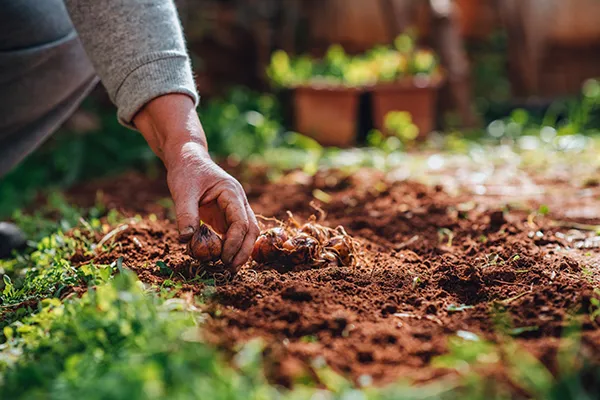
In general, native plants tend to be better for pollinators than exotics, since they have co-evolved together for millennia. Below are a few of the best bulbs and corms to grow to provide food for pollinators and glorious colour in your garden, arranged by flowering time.
The best bulbs to plant now for pollinating insects
1
Snowdrop (Galanthus nivalis)
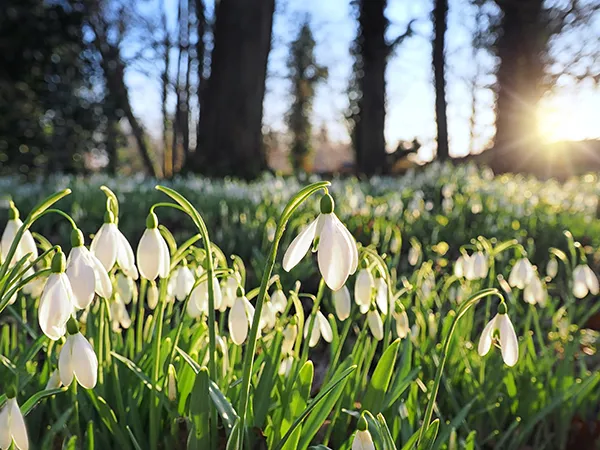
Snowdrops are the first flower of the year in most gardens – the delicate white and green flowers usually appear in late January. This is too early for most pollinators, but on warm winter days honeybees become active and head to the snowdrops for a welcome winter snack.
• Buy now from Crocus (RRP from £5.59)
2
Winter aconite (Eranthis hyemalis)
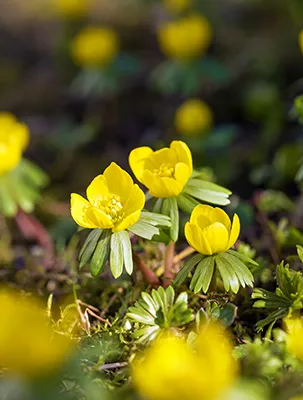
Winter aconite produces cheerful golden flowers in the depths of winter. These are a valuable nectar source for the first butterflies to emerge from hibernation, such as peacocks, and also for the first bumblebee queens.
• Buy now from J Parkers (RRP from £7.99)
More related content:
How to care for your garden over winter
Learn how to support birds, hedgehogs, foxes, badgers and other garden visitors this winter with these top tips from Secret World Wildlife Rescue.
3
Crocus (Crocus vernus)

Crocuses are a very familiar garden flower, perfect for naturalising in lawns and orchards, or planting near the front of flower borders. They provide welcome colour in late February and March and are an important food source for hungry queen bumblebees when they first emerge from hibernation after being asleep since the previous summer.
4
Early bulbous iris (Iris reticulata)
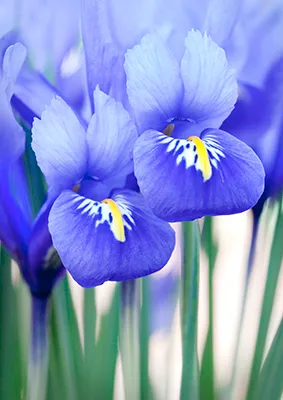
These delightful petite irises flower in very early spring, when the elegant purple and yellow blooms provide much-needed food for the first pollinators of the spring. They are particularly favoured by longer-tongued bumblebees such as the common carder bumblebee – always a welcome sight after the long months of winter.
• Buy now from Sarah Raven (RRP from £5.50)
5
Grape hyacinth (Muscari armeniacum)
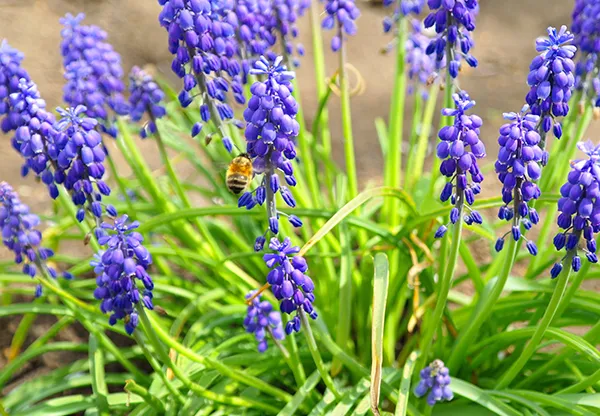
Grape hyacinth, a perennial from southern Europe, is surprisingly hardy in the UK. It is a small plant, growing up to about 20cm tall, bearing clusters of violet-blue, egg-shaped flowers in April and May. Grape hyacinth is an undemanding plant, ideal for edging a border, sprinkling in a rockery and growing under shrubs such as roses. It attracts bumblebee queens and bee flies among others.
6
Snake’s head fritillary (Fritillaria meleagris)

A rare native wildflower, with striking checkerboard patterned pink and white bell-shaped flowers in April. Looks wonderful swaying in the breeze in a meadow area, or in a rock garden.
• Buy now from Sarah Raven (RRP from £4.50)
7
Bluebell (Hyacinthoides non-scripta)

A familiar native perennial plant, famed for the blue carpets of flowers it produces in some of our ancient woodlands in May. Favoured by queens of the garden bumblebee, which have the very long tongues needed to reach the nectar in the tubular flowers. Bluebells are of course perfect plants for growing in a shaded area, particularly under deciduous trees. Avoid buying the Spanish bluebell, which has often been sold in garden centres and which hybridises with our native species.
• Buy now from Thompson & Morgan (RRP from £11.99)
8
Camassia (Camassia leichtlinii)

A handsome plant producing tall spikes of blue or white flowers in May, moderately attractive to bumblebees, solitary bees and hoverflies. Looks lovely naturalised in a meadow area.
9
Allium

Many large and showy alliums are sold as garden ornamentals, and most are popular with both bumblebees and solitary bees. For example, Allium hollandicum is widely available, producing large, round, purple flower heads from May to July. Some of these ornamental alliums are huge (up to 2m tall), and are most impressive at the back of a herbaceous border. Other less flamboyant species of Allium are also well worth growing, such as Sicilian honey garlic, Allium siculum, which produces rather odd, pendant cream- and-magenta flowers that literally drip with nectar in early summer. Lady’s leek (Allium cernuum) is also very pretty, with clusters of pink, bell-shaped flowers that are highly attractive to a range of short-tongued bumblebees.
• Buy now from Sarah Raven (RRP from £4.50)
10
Gayfeather (Liatris spicata)

A handsome plant from the North American prairies, bearing spikes of vivid purple, fluffy flowers up to 50 cm tall from July to September, and very popular with bumblebees. Prone to rotting in waterlogged soils.
In Dave Goulson’s latest book, Silent Earth: Averting the Insect Apocalypse, he reveals the shocking decline of insect populations that has taken place in recent decades, with potentially catastrophic consequences, and passionately argues that we must all learn to love, respect and care for our six-legged friends.
